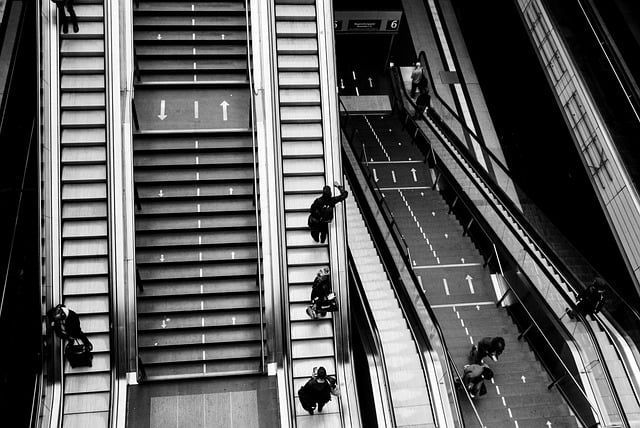Walkable, eco-friendly neighborhoods are in high demand in today's real estate market due to their reduced commuting times, lower living costs, and health benefits. These areas attract diverse buyers, drive property demand, and boost local economies. The trend is evident in successful developments like Amsterdam's IJburg and Copenhagen's Nørrebro, where pedestrian-friendly infrastructure leads to higher property values and improved quality of life. Investing in walkable design not only benefits the environment but also enhances neighborhood appeal and financial health for real estate markets worldwide.
Encouraging walkable, eco-friendly neighborhoods is a key strategy for sustainable urban development. This article delves into the multifaceted benefits of creating communities where residents can thrive without relying heavily on cars. We explore how walkability positively impacts real estate values, with case studies demonstrating successful investments in pedestrian-friendly areas. Additionally, we discuss designing eco-friendly spaces through green infrastructure, public transportation, and sustainable architecture. Ultimately, we highlight the power of community engagement to foster a sense of belonging and enhance neighborhood well-being.
The Impact of Walkability on Real Estate Values

Walkability has a profound impact on real estate values, making eco-friendly neighborhoods highly desirable for both residents and investors alike. Areas with excellent walkability, characterized by proximity to amenities, well-designed streetscapes, and a vibrant community atmosphere, often experience higher property values and quicker sales. This is because walkable neighborhoods offer a range of benefits that appeal to potential buyers and renters—from reduced commuting times and lower living costs to improved health and access to local services on foot.
In terms of real estate, these neighborhoods attract a diverse mix of buyers, from young professionals seeking urban lifestyles to families looking for safe, convenient communities. As a result, walkable eco-friendly areas often see increased property demand, leading to higher rental yields and resale prices. This positive feedback loop not only enhances the local economy but also contributes to more sustainable living patterns, creating a virtuous cycle that benefits both the environment and real estate markets.
– Exploring the correlation between walkable neighborhoods and property appreciation

Walkable, eco-friendly neighborhoods have emerged as a desirable amenity in the real estate market, fostering a positive correlation with property appreciation. Research suggests that homes located within accessible, green spaces see significant value increases over time. This trend is attributed to growing consumer preferences for sustainable living and healthier lifestyles. As more buyers seek out walkable areas with easy access to parks, community gardens, and public transportation, the demand for such properties rises, driving up their prices.
Real estate professionals recognize this shift, prioritizing the development of mixed-use districts that seamlessly blend residential spaces with retail and recreational options. These urban design choices not only enhance quality of life but also create vibrant communities that attract a diverse range of residents. In turn, the increased foot traffic and local business activity stimulate economic growth, further bolstering property values within these neighborhoods.
– Case studies showcasing successful real estate investments in pedestrian-friendly areas

In recent years, there has been a growing trend towards creating walkable, eco-friendly neighborhoods, driven by both environmental consciousness and shifting consumer preferences. Case studies from cities like Amsterdam and Copenhagen illustrate successful real estate investments in pedestrian-friendly areas. In Amsterdam, the development of the IJburg district is a prime example. This neighborhood prioritizes walkability, cycling, and green spaces, leading to high resident satisfaction and reduced carbon emissions. Real estate values in IJburg have consistently outperformed traditional urban areas, proving that sustainable design can be both ecologically responsible and economically viable.
Similarly, Copenhagen’s experience with its extensive network of bike lanes and pedestrian zones has attracted global attention. The city’s focus on creating livable spaces has resulted in significant real estate gains. Areas like Nørrebro have seen a surge in property values due to their walkability and vibrant community atmosphere. These case studies demonstrate that investing in pedestrian-friendly infrastructure not only benefits the environment but also enhances the appeal and financial health of neighborhoods, setting a compelling precedent for urban development worldwide.






